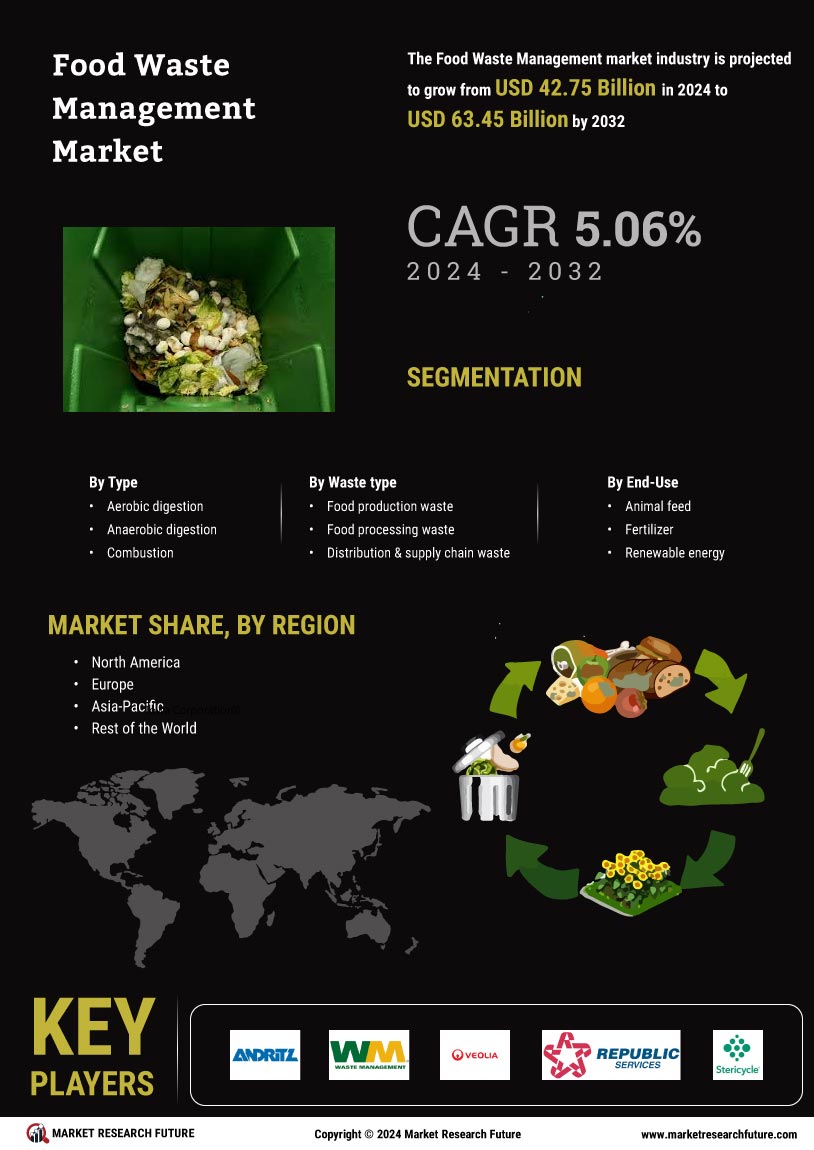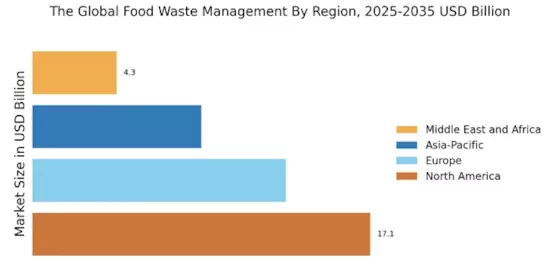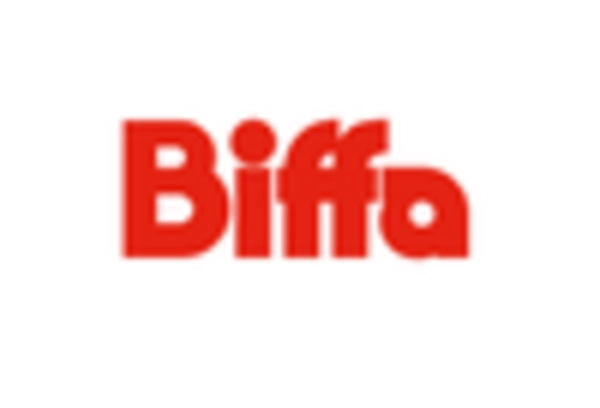January 2024
The new Clarity Food solution from SML, an industry leader in RFID technology, will assist grocery stores and fast-food chains in reducing food waste.
More than 7,500 retailers use SML's technology to manage inventory and operations; monthly, 500 million products are controlled. SML delivers unique RFID solutions for retail stores and supply chains.
Among Clarity Food's standout qualities are:
Food Traceability with RFID Technology: By using cutting-edge RFID technology, Clarity ushers in a new age of transparency across the food supply chain. The ability to track products from farm to fork is a game-changer for grocery stores.
Waste Management: Clarity Food makes it easy for supply chain operators to control and optimize waste. Their operation becomes more sustainable and cost-effective as a result of the solution's ability to detect inefficiencies, simplify procedures, and lessen environmental impact.
March 2023
The Waste Lab, a Dubai-based start-up, and Kia Corporation are collaborating to introduce a three-stage GCC process that turns food waste into nutritious compost. The collaboration aims to reduce food waste throughout the holy month and increase understanding of the significance of implementing sustainable practices right now.
February 2023
More than $9.4 million is being invested by the U.S. Department of Agriculture (USDA) in 45 cooperation agreements to promote creative, scalable waste management solutions that would lessen and divert food waste from landfills. The USDA, under the Office of Urban Agriculture and Innovative Production (OUAIP), provides extensive support for urban agriculture. The Compost and Food Waste Reduction (CFWR) cooperation agreements are financed by the American Rescue Plan Act. Between 2023 and 2025, the projects will be put into action.
In 2023: Hilton, a multinational hospitality company has also been making the efforts to bring “Green Breakfast” program from its German franchisee which is intended to reduce food losses in all of its properties around the world.
In March 2022: a Veolia Group subsidiary Veolia North America purchased Suez Group in its entirety. It enables the company to incorporate new innovations and broaden its scope in order to help ecologize and carbonize the water sector in the US.
August 2021: Clean Harbours joined up with a prominent manufacturing business, 3M, in August 2021, for a new joint endeavor to provide best-in-class rank to the latter's activities in waste treatment and management elements.
January 2020: Veolia announced the initial recycling and trash firm to sign on as a facilitating partnership for the UK Food Trash Reduction Pathway program, which aims to assist businesses in reducing waste from food production by 50% by 2030.
According to the EPA, 63 million tons of food scraps were generated in the organizational, business premises, and housing sectors, with approximately 32% managed through biochemical processes. The procedures include processing, animal feed, land usage, composting, and wastewater.


















Leave a Comment